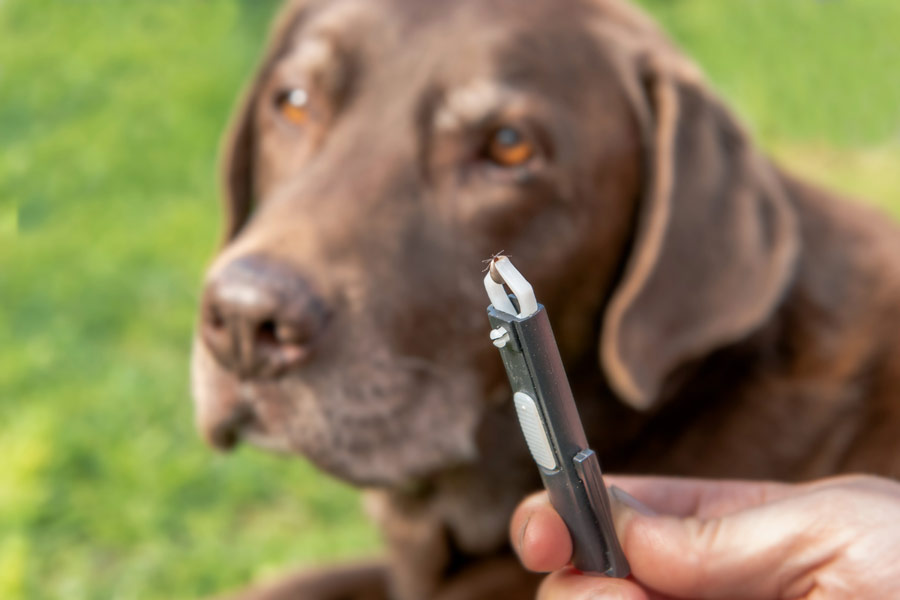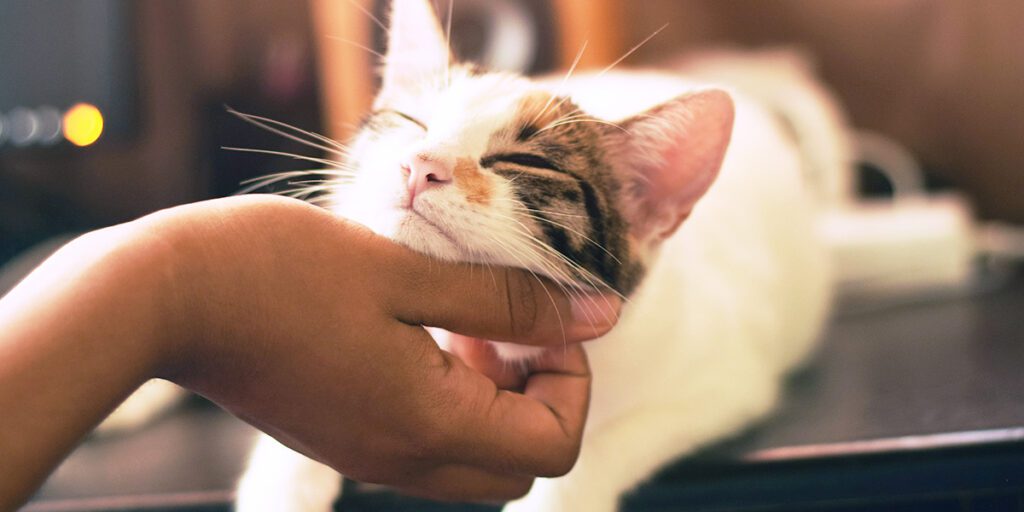Taking care of the older pet – annual blood tests and the importance of knowing what’s ‘normal’ for them
As our cats and dogs get older, they begin to experience the same health changes and challenges as ageing humans.
What’s considered senior?
Old age starts at around 8 years old in dogs, and they’re then categorised as geriatric from around 10 years old. In human years this is between 56 and 78. Each breed varies in the speed at which they age, with giant dogs becoming geriatric soonest.
Cats usually have a longer lifespan and become seniors at around 10 and geriatric at 14 years old. Cats can live half of their lives as seniors, so it’s essential – as with dogs – that we make this as comfortable and happy for them as possible.

So how can I take the best care of my senior cat or dog?
As our pets age, their bodies gradually deteriorate in the same way ours do. Unlike us, however, they can’t let us know when things aren’t right. In fact, they are highly skilled at hiding pain and illness in case it shows weakness, so we need to make sure we care for them in a way they can’t.
The best way to keep an eye on things is through annual check-ups that include a comprehensive blood test. This is designed to look for any key indicators of potential problems. Many of these aren’t conditions that will clear up over time – they’ll get worse, be more challenging and more costly to treat, cause pain, and potentially limit the length of their lives.
If we can identify those illnesses before it gets to the point where they can’t hide the pain anymore, we can often put a plan in place to manage that condition before it worsens.
Things we look for in our senior blood tests include:
- Organ deterioration meaning vital organs aren’t functioning as they should. These include kidney, heart, and liver disease as well as diabetes and other conditions that can often be ‘hidden’ by a pet who appears healthy.
- The tests give us baseline values for your pet enabling us to monitor any changes over time that might indicate problems.
- A complete blood count that shows us information on different cell types in the blood. By looking at the shapes, sizes and numbers of red and white blood cells, as well as platelets and any abnormal cells, we can tell a lot about the ongoing health of your pet.

If we find an issue that can be easily treated, we often find it takes years off them, and they are bouncier, livelier, and happier as a result!
We all want to be the best pet guardians possible and do what’s right, but it can be hard to know what to do. We want to make this as easy as possible for you by offering these annual wellness checks so we can keep a careful eye on your pet as they age.
Our goal is always to keep pets healthy rather than wait to treat them when they get sick, and by doing that, we can ensure your furriest family members have the best chance of living the longest, happiest and healthiest lives with you as possible.


